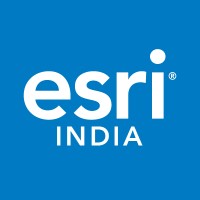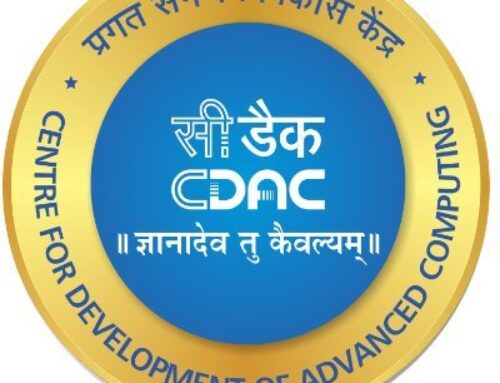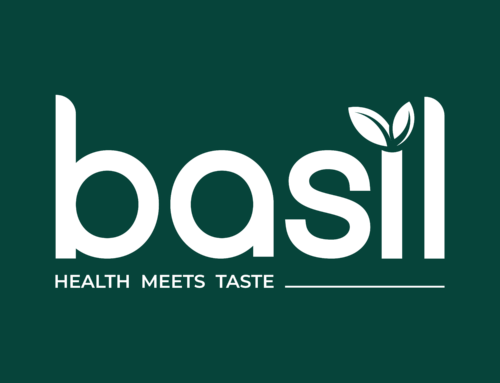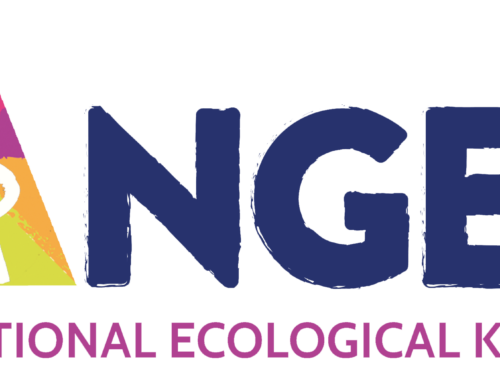Varanasi Smart City Limited (VSCL) guards the idea of rejuvenating the city of Varanasi into a great place to live and visit. It targets projects that uplift Varanasi’s denizens, upgrade city infrastructure and living standards, and add value to Varanasi’s core culture. A Special Purpose Vehicle (SPV) mechanism designs and manages IT and non-IT projects under the Smart Cities Mission. The SPV’s objective is to fast-track projects that conserve the city’s enriched heritage, spirituality, and traditions while supporting inclusive social and financial solutions. To facilitate the achievement of the desired levels of development, the SPV decided to implement an enterprise-wide integrated City GIS using Esri’s ArcGIS technology.
The objective of the City GIS project was to implement a robust GIS platform in the Varanasi smart city infrastructure to enhance urban planning, resource management, and citizen engagement. The GIS platform serves as an integrative tool for various urban systems, providing a unified spatial data repository and real-time analytics capabilities.
Varanasi City GIS: Innovation Unveiled
VSCL used Esri’s ArcGIS to create an enterprise-wide integrated City GIS to address the four major problems of the city: solid waste management, environmental monitoring, traffic management, and integration with smart streetlights. In the process, multiple data sources and data levels became available for analysis, including information on administrative boundaries, public services, religious places, education and health, tourism and recreation, transportation, water bodies, and locations of infrastructure related to water, sewerage and drainage systems in the city.
The team at VSCL created the Kashi Integrated Command and Control Centre (ICCC) to visualize and address the problems in real-time. The ICCC uses location-based technology to manage traffic safety and city security. The ICCC has also proved to be a versatile mechanism for rapid emergency response.
The City GIS includes:
Kashi Solid Waste Management System: This system optimizes waste pick-up facilities by using smart sensors on smart waste bins. The sensors populate the City GIS by generating a real-time status of the bins, and statistical ward-wise overviews of waste dumps. This has helped coordinate waste management in the ward.
Kashi Environmental Monitoring System: It maps a real-time feed of air pollution in different parts of the city. Air Quality Monitoring sensors provide valuable information that warns citizens of health-threatening conditions. It also allows authorities to attune traffic and industry with dynamic regulations that keep pollution under control.
Integration with traffic signals: The City GIS system networks smart traffic signals. This helps to identify malfunctioning traffic signals and the affected traffic on particular corridors.
Integration with smart streetlights: Real-time mapping of smart streetlights provides civic authorities with live updates on dysfunctional lighting. This promotes citizen confidence by ensuring safer public places that deter wrongdoing.
Kashi Geo-Hub
The IT vision of Varanasi Smart City involves realization of a new information regime supporting good governance, sustainable development, and citizen empowerment by providing seamless access to City-wide, standardized and most-current GIS-based information, which can be leveraged for efficient decision support by city authorities, government departments, private enterprise, research/data scientists and other relevant stakeholders including citizens. To support the above vision, Varanasi Smart City envisaged implementing Kashi Geo-Hub, an open data platform to facilitate secure, authenticated and managed exchange of data amongst various data platforms, 3rd party authenticated & authorized applications and other data sources, data producers and consumers.
Kashi GeoHub based on ArcGIS provides a multi-engagement platform to connect city authorities, line departments, and citizens. It is a map-based portal designed to improve communication across city departments, spur innovation, and increase community engagement. GeoHub connects citywide location-based data to plan for and support city operations efficiently across diverse residents. The GeoHub’s repository supports interactive maps that can be created and modified in real-time to engage the community and expedite cross-departmental decision-making.
The GeoHub facilitates data sharing across departments by allowing city staff to create maps where each map layer will be sourced from a different department. Kashi Geo-Hub is a configured cloud platform that organizes people, data and tools over a collaborative platform to achieve initiatives in improving services delivered to citizens.
Conclusion
Implementing the City GIS in Varanasi smart city framework addresses the critical need for integrated spatial data management, enhancing urban efficiency and citizen satisfaction. This project not only solves various urban challenges but also paves the way for a smarter, more sustainable future.
Kashi Geohub serves as an open data exchange platform to provide access to datasets and a platform that can be utilized to collaborate by different stakeholders, Government, Citizens, Academia, Research, Industry, NGOs, and Start-ups. The portal has many geo-applications that address different aspects of city administration.
Overall, the Enterprise-wide City GIS system based on Esri’s GIS enables citizens in Varanasi City to stay informed, participate actively in decision-making processes, and collaborate on community improvement initiatives. This higher level of engagement leads to more responsive governance, better service delivery, and a stronger sense of community ownership and involvement.







